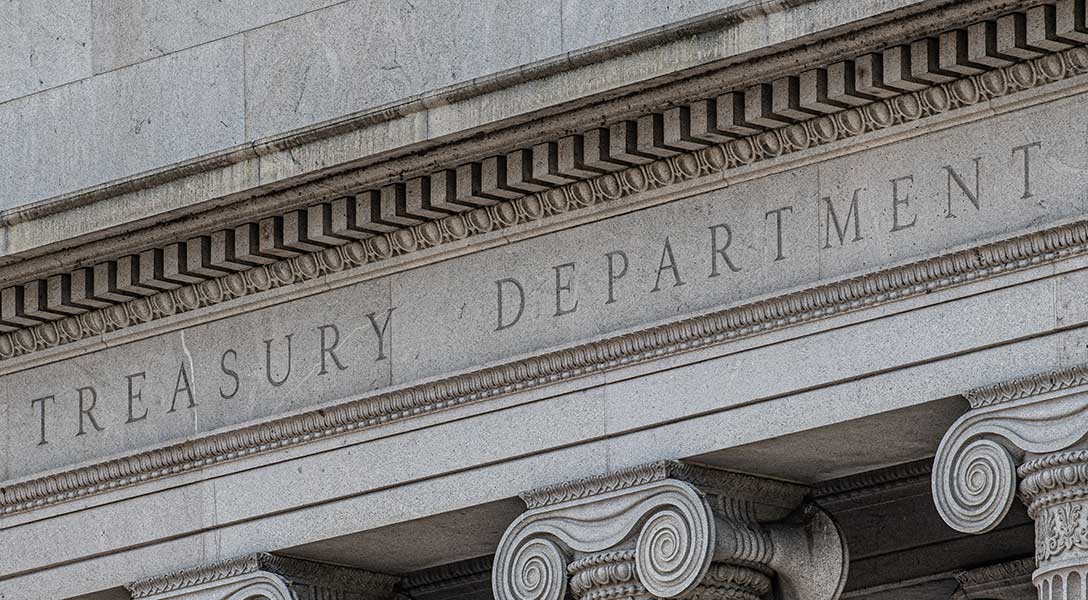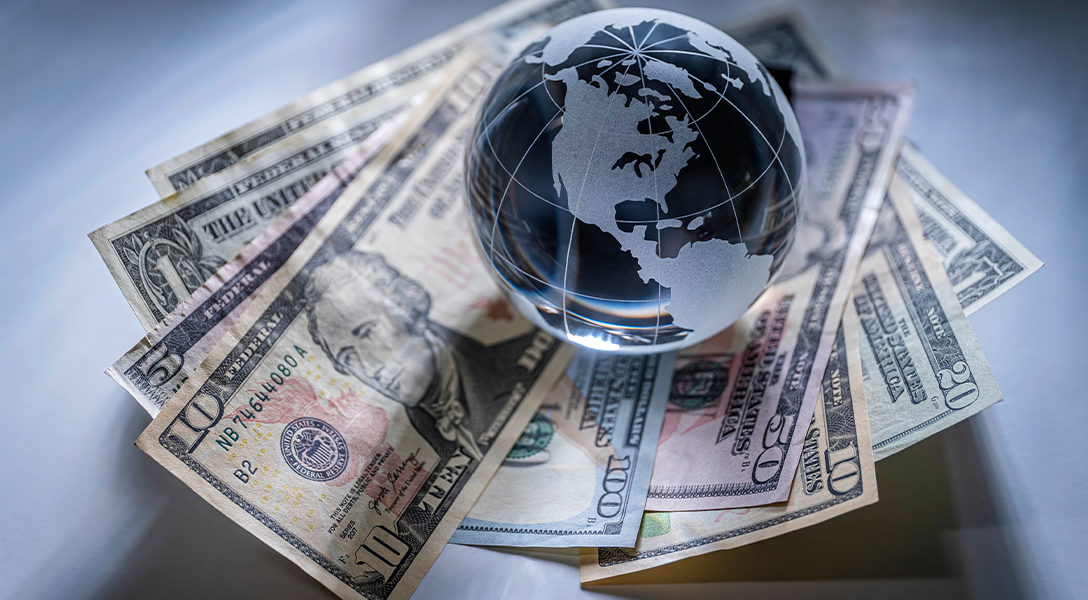
Mexico recovering from pandemic slowdown; structural issues persist
Q. How has Mexico’s economy performed coming out of the pandemic recession? What are the keys to recovery?
As the data from late 2022 indicate, most sectors have been recovering, and some, like leisure and hospitality, have exceeded prepandemic levels. In fact, the Mexican economy started recovering in third quarter 2020. GDP returned to prepandemic levels as of third quarter 2022. The first sector to recover was manufacturing; services took longer. But there are other sectors that still lag, such as construction.
It should be noted, however, that the latest data available suggest more of a recent overall slowdown. This could be consistent with what we observe globally. Nevertheless, unemployment in Mexico is below prepandemic levels, indicating a tight labor market just as is the case in the U.S. As a result, Mexico faces similar monetary policy challenges [involving elevated inflation].
Q. Economic performance in emerging markets—including Mexico—exceeded expectations in 2022. What went right and why?
Well, I think there are several aspects to the performance. First, in 2021, the economy had not yet fully recovered from the pandemic. Thus, there was still room to grow just to reach prepandemic levels. Then, there was a considerable global demand increase with inflationary consequences. The large monetary and fiscal stimulus in advanced economies had a pull effect on the emerging ones [where rising U.S. demand led to higher exports from abroad]. In the case of Mexico, the impact was even larger given the Mexican economy’s close synchronization with the U.S. business cycle.
Finally, Mexico has exhibited a stable macroeconomy since the pandemic because of prudent fiscal policy, resulting in no excessive indebtedness and a proactive monetary policy always committed to keeping inflation anchored, with the central bank not hesitating to raise the short-term [policy] interest rate.
Q. The Mexican peso closed last year as one of the strongest emerging-market currencies against the U.S. dollar. In fact, the peso has consistently held its value in recent years. What made that possible?
We could not expect to have such a strong peso if public finances were weak. It has to do with a prudent fiscal policy followed by a proactive monetary policy. Mexico adopted a restrictive fiscal policy even during the [height of the] pandemic, contrary to most emerging economies.
That allowed Mexico to maintain low government debt levels. In addition, monetary policy was moderate. Even though Banco de México lowered interest rates considerably during the [onset of the] pandemic, Mexico was never close to the zero lower bound.

That gave Mexico an edge in terms of becoming an investment destination. It made government securities and the peso more attractive relative to other emerging-market economies after the [height of the] pandemic, given relatively higher interest rates and healthy fiscal finances. Once inflation began rising and the Federal Reserve raised rates, Mexico’s central bank followed suit, mimicking rate increases to keep an interest rate differential and creating an incentive to buy pesos.
Q. High inflation has been an issue worldwide, including in Mexico, and the central bank has raised interest rates significantly. When do you foresee inflation reaching the central bank’s 3 percent target? And in the meantime, is tightening going to result in a recession in 2023 or 2024?
We remain in a phase where we cannot be fully convinced that inflation is showing a trend reversal. While non-core inflation is already falling—just like in the rest of the world—Mexico’s core inflation rate still doesn't show a clear change in tendency. If you look at Banco de México’s survey of private analysts, it indicates respondents forecast an inflation rate of 5 percent in 2023 and 4 percent in 2024. Mexico’s central bank is expecting to reach its [inflation] goal in mid-2024.
However, I think it is going to be difficult since there is not much room left for monetary policy to maneuver. It looks like the output gap [between realized and potential output] is no longer significant; the labor market is tight, and wages are rising. The goal of reaching target inflation could be achieved if there are no more negative external shocks and if the monetary policy is congruent with such an objective. I have no doubt that inflation will fall. However, the speed of the decline continues to be hard to know.
Regarding a possible recession, I think that this is going to depend on what happens in the U.S. Some estimates suggest that the U.S. economy could barely grow in 2023, and I think that will be reflected in the Mexican economy. In the latest Banco de México survey of analysts, the average growth for 2023 is still positive but less than 1 percent. However, Mexico’s domestic market has been relatively strong, and that could help mitigate a fall in manufacturing exports resulting from a U.S. recession.
Q. Regarding the U.S.–Mexico economic relationship, do the nations’ economies compete against or complement one another?
There are many aspects to the bilateral relationship. There are economic aspects; there are geopolitical aspects. I will focus on the economic aspects. Since the mid-1990s, Mexico and the United States have developed a trade complementarity.
Mexico and the United States have the great advantage of sharing a geographical border, while they have a concentration of different factors of production and different technologies that naturally lead to many production-sharing arrangements, as has been the case since NAFTA [the North American Free Trade Agreement, which took effect in 1994 and was superseded by the United States–Mexico–Canada agreement in 2020].
In fact, the old history of U.S.–Mexico production sharing is quite relevant now given the reconfiguration that can occur in global value chains. Mexico—particularly the border region—could benefit from nearshoring, becoming a “host” of manufacturing processes currently occurring in Asia but which may move to Mexico given its privileged location to serve the U.S. market and the history of manufacturing complementarity with the U.S.
Q. Despite NAFTA and strong international trade ties to the U.S., Mexico has made little progress in closing the per capita income gap with the U.S. and Canada. What are the main reasons for this lack of convergence?
Unfortunately, despite all the benefits of having this proximity and manufacturing complementarity with the United States, a large part of Mexico continues to be affected by deeper, institutional issues that limit investment and prevent productivity growth—such as the lack of a rule of law, a lack of respect for property rights, growing insecurity and the uncertainty of public policies.
I believe that to achieve convergence in per capita income would take a long period because the differences are still substantial. At the very least, lawmakers could start by giving more incentives to investment such as a solid and clear legal framework and less insecurity and corruption. On the other hand, investors should look into long-term investment projects aimed at developing technology and productivity rather than just rent seeking [entering into arrangements that benefit investors without offering a reciprocal benefit to the local community].
Q. Migration from Mexico to the U.S. appears to be rising after a decade of nearly zero net migration. What accounts for this development?
A rigorous and systematic analysis would have to be carried out to try to find all the possible reasons. I think that the fundamental reason is precisely what we just discussed—the income gap that exists between both countries and that it is not narrowing. It is a fact that migrants are going to the U.S. to improve their income level.



